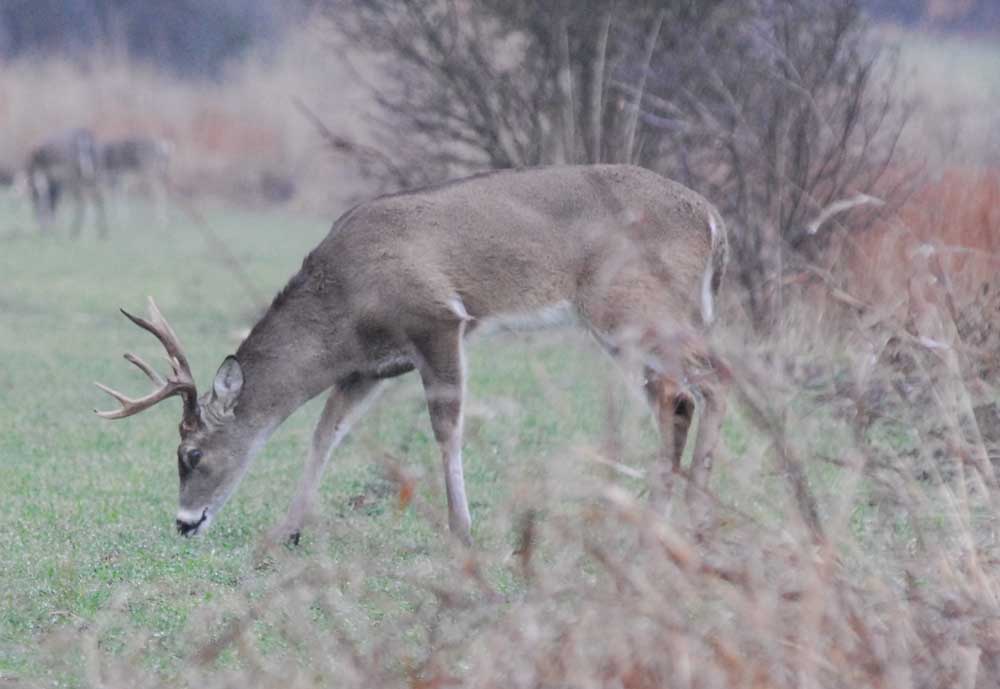Rut activity about to peak
Published 3:46 pm Thursday, November 9, 2023

- chrissmithmug.JPG
Deer hunters are always checking every piece of information to improve their odds in the stand. Many different variables are used to plan a hunt.
Weather is one of the first pieces to the puzzle. Add to the weather check with a moon phase. Time of day, wind direction, food plots/sources, feeder watching vs spot and stalk and the list goes on in the mind of the whitetail hunter.
The rut, or when female whitetails come into estrus (breeding season) and males will be high on testosterone and the instinctual urge to sustain the species. This one factor can cause an old veteran buck to lose fear and drop all its defensive instincts, just to hang out with a potential girlfriend. The buck chasing a doe will ignore nearly everything to seal the deal.
Obviously, planning your hunt during the rut will at least tip the scales in your favor.
Studies over multiple years using over 2,400 deer statewide have shown when the highest percentage days are for rutting activity. The data for East Texas rutting activity is divided in two parts, north and south with Jasper roughly being the dividing line.
Most breeding activity happened from Oct. 21 to Jan. 5. Peak breeding dates were Nov. 22 in the northern portion and Nov. 12 in the southern part of our area.
Does showed a 96% pregnancy rate and averaged 1.7 fawns each during these dates. The majority (90%) of the fawns are born by June 29 in the northern area and by June 19 in the southern area.
Biologists subtracted the gestation period (201 days) to arrive at the above dates. This does not mean all the does will be bred during their first time in estrus. For those not bred, around 28 days later the doe will come into estrus again and possibly even a third time until they are successfully bred.
Nature will find a way.
These animals have demonstrated their resilience and ability to flourish in nearly every situation or area. If conditions are favorable nearly every doe will have twins with triplets common. Likewise antler development will be above average. Drought or lean browse conditions will produce fewer fawns and understandably lower survival rate.
The antler development will also be below average but overall the whitetail has continued to adapt and expand its distribution.
Check the weather, check the moon phase, check the trail camera, corn feeder, food plot, rifle, scope, bow, arrows, camo, and anything else you can think of because the rutting activity will be increasing to the peak on the 29th.
Still the best hunting advice is go early and stay late because a shot rarely happens when you aren’t in the stand.






